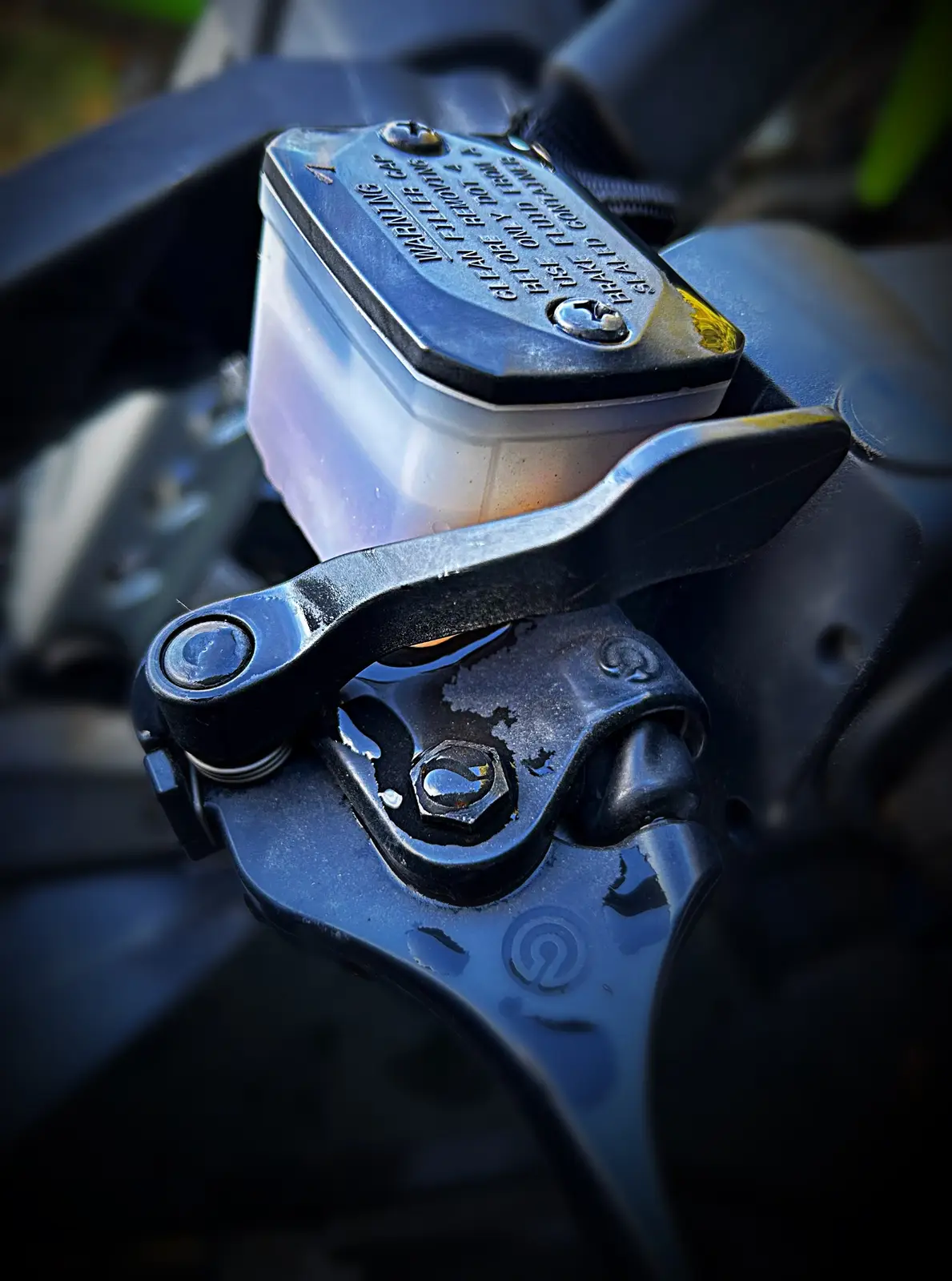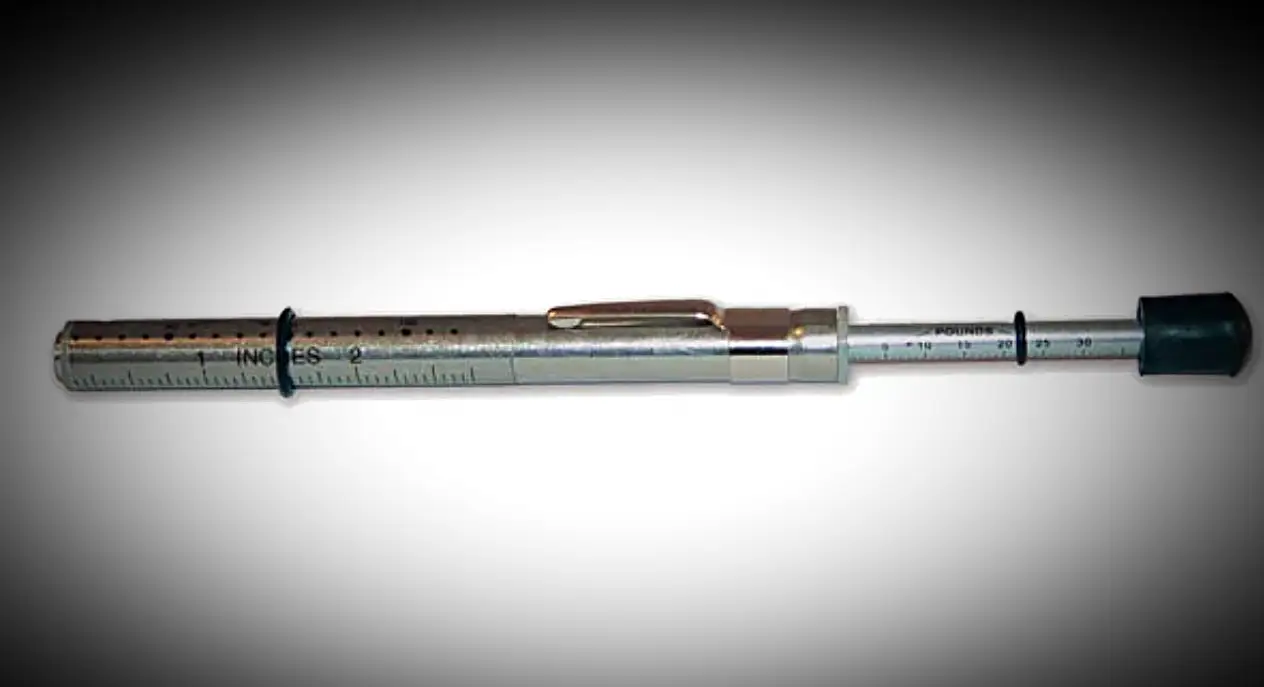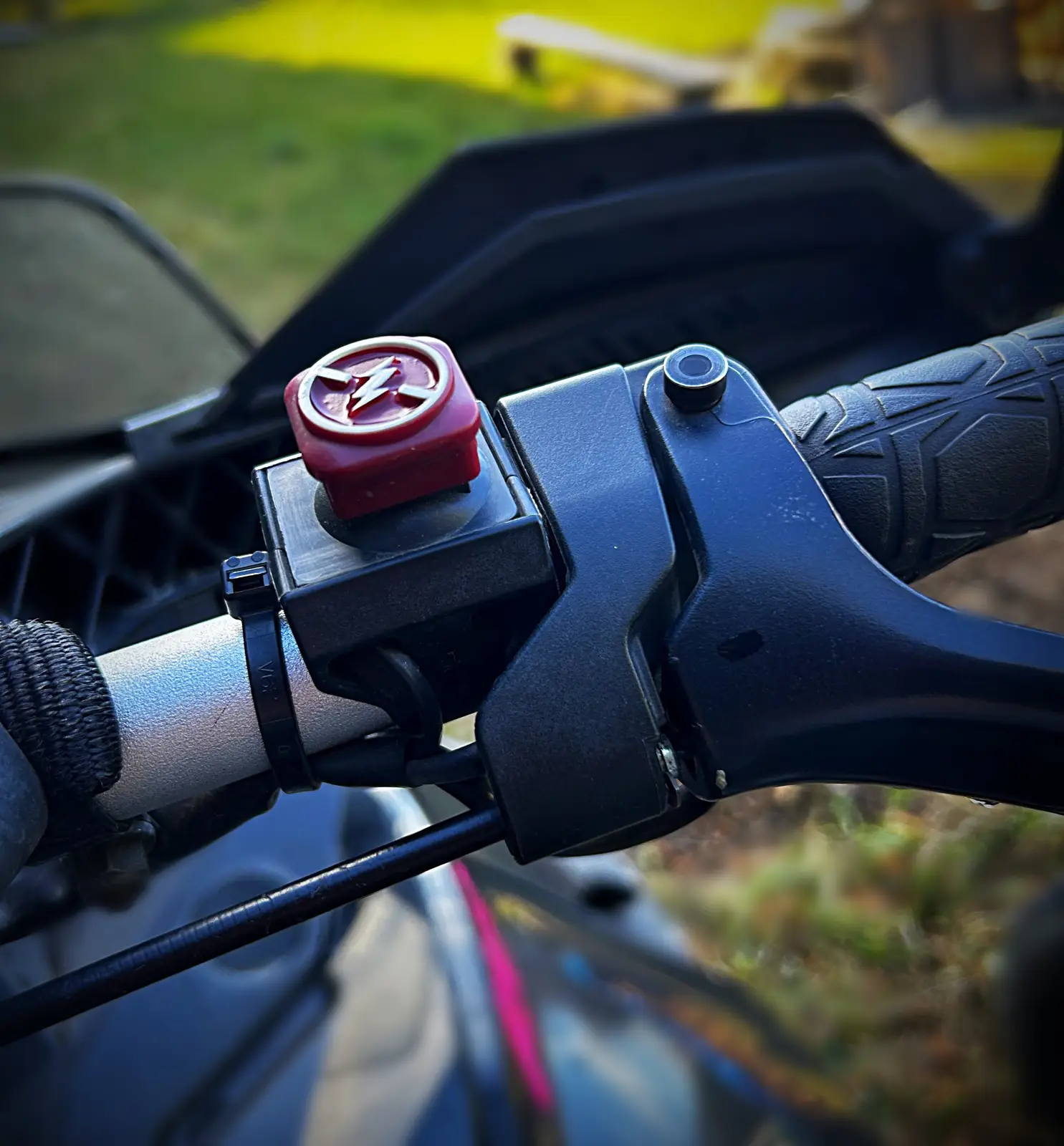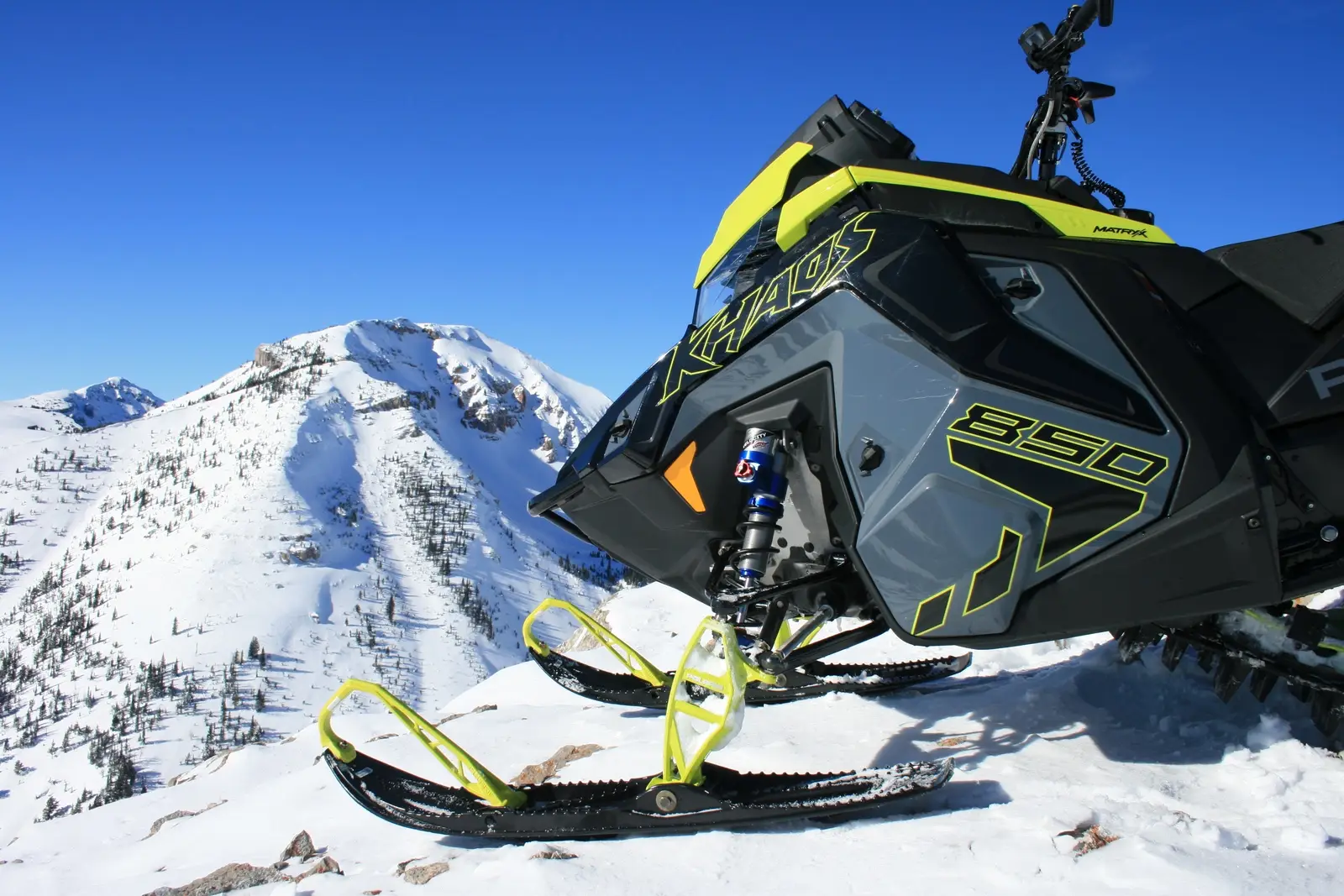Table of contents
ToggleBefore hitting the groomed trails or exploring the backcountry mountains, it’s crucial to ensure your snowmobile is in optimal condition. To avoid any unpleasant surprises and guarantee smooth adventures, follow this comprehensive 6-step guide to get your snowmobile winter-ready.
As Winter Approaches
As I write this, Halloween is behind us, and we’re officially into November—the 11th month of the year. This means snowmobiling season is just around the corner. November always fills me with excitement as I eagerly await the chill to settle in and the rain to transform into snow. I find myself almost counting the days until December, waking up each morning hoping to see a white blanket outside.
In the northeastern part of North America, November also means winter preparation. We install snow tires, rake the leaves in our yards, store patio furniture, close pools, and more—all to get ready before the first snow.
And of course, preparing our snowmobiles is on that list! Follow along as I guide you through this 6-step process.
Step 1: Check the Spark Plugs
Start the season by inspecting your spark plugs. Faulty spark plugs can make your engine difficult to start or cause it to lose power during acceleration. Using a multimeter, you can easily test your snowmobile’s spark plugs. I also recommend always carrying a spare plug in your snowmobile’s toolbox. I’ve been deep in the woods before and had a plug fail—having a backup saved the day.
Step 2: Inspect the Fluids
Next, ensure you check your snowmobile’s fluids and filters. Begin by ensuring there are no deposits in the reservoir.
For four-stroke engines, it’s recommended to change the oil and replace the filter annually.
If your snowmobile has an injection oil reservoir, ensure it’s sufficiently filled to avoid running out during your adventures. I personally suggest keeping a small bottle of injection oil in your snowmobile’s storage compartment for emergencies.
Make sure you check the chain case and gear oil if you did not service them in the spring. This oil protects the gears during high-speed rides or under increased temperatures. Finally, verify your brake fluid levels to ensure they’re adequate.

Step 3: Perform a Visual Inspection
Conducting a visual inspection of your snowmobile is a key step before heading out on snowy trails. Start by ensuring all lights are functioning properly. Check the high beams, low beams, and brake indicators. Functional lights are essential for evening rides, grey days, or snowy conditions.
If a light isn’t working and it doesn’t appear to be burned out, check for a faulty wire. Rodents or other small animals may have nested in your snowmobile over the summer. A quick check of the wiring system can save you trouble later. As the saying goes, “better safe than sorry!”
Step 4: Inspect the Track
Ensure the track tension is correct by lifting the rear of your snowmobile so the track is completely off the ground. Use a tension gauge, inserting it between the two rear wheels approximately 16 inches from the back. Press on the track and confirm that the tension is equal on both sides. Consult your owner’s manual for the manufacturer’s recommended specifications.
Additionally, inspect the track for tears and ensure it’s properly aligned.

Step 5: Check the Battery
Another important step is ensuring your battery is holding a charge. Most manufacturers recommend fully charging the battery and maintaining that charge. If it isn’t, consider replacing it before the season starts. With electric starters becoming the norm, a reliable battery is more critical than ever.
Step 6: Inspect the Handlebars
This final step is just as crucial. Inspect your throttle and brake levers. Ensure the throttle handle snaps back to its original position and that the brake lever and cable are intact and well tensioned. While inspecting the brake lever, also check the brake fluid levels.
Additionally, test your snowmobile’s emergency stop switch by starting the engine and activating the switch.

Optional but Effective: A Survival Kit
While this step doesn’t involve preparing your snowmobile, it’s about preparing yourself. Assemble an emergency kit to bring along on your rides. The contents will vary depending on the type of snowmobiler you are, but some useful items include small tools for quick repairs, a compact shovel for getting unstuck, a flashlight, a small knife, a sturdy paracord bracelet, an emergency blanket, a whistle, a lighter, and cash.
I also keep spare socks, a hat, and a neck warmer in my kit. If you need to remove your helmet in freezing conditions, these items can be essential for staying warm.
Final Step
Finally, fill up the gas tank!
Now you’re ready to hit the snow-covered trails or climb powdery mountains. Snowmobiling is such an exhilarating activity, and ensuring your snowmobile is well-prepared means you’ll only be bringing back great memories from your rides.
Wishing you an amazing winter filled with plenty of snow and endless fun with your machine!


